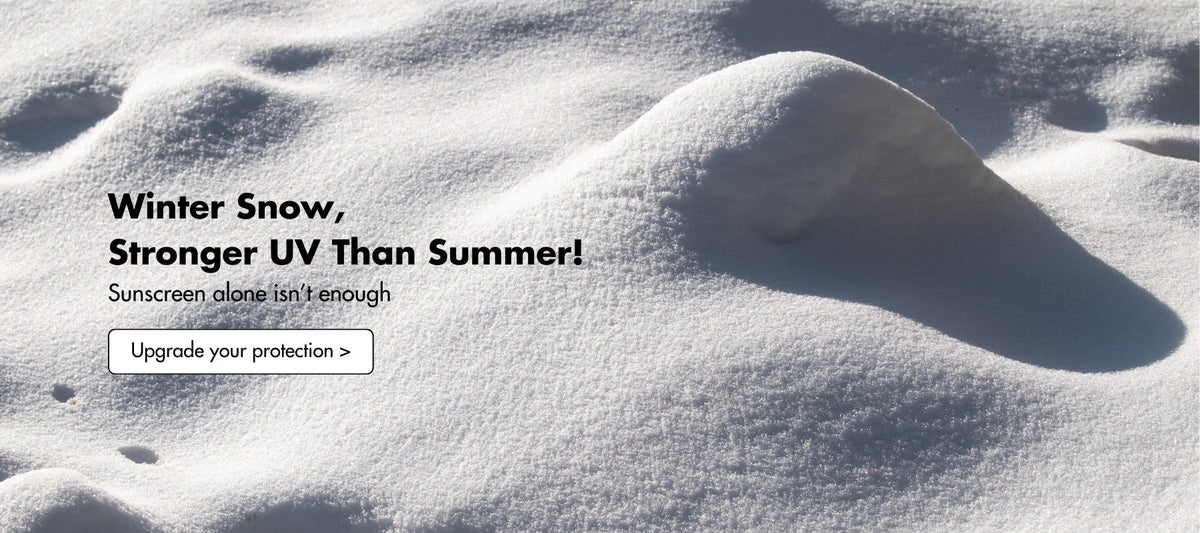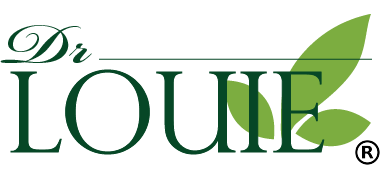
Winter Snow and the Hidden Danger of UV Rays – Why You Need Vitamin C Serum Now
|
Time to read 5 min


|
Time to read 5 min
Winter may seem like a break from the sun’s harsh rays, but don’t be fooled —UV damage can be worse in snowy conditions than in summer. Many people skip sunscreen or think their skin is safe, but winter UV rays can quietly accelerate skin aging, cause sunburns, and lead to long-term damage.
And here’s the big shocker: Sunscreen alone isn’t enough to protect your skin in winter. You need Vitamin C Serum to defend your skin from this hidden danger.
Snow isn't just pretty—it’s a giant mirror that doubles your UV exposure . Fresh snow reflects up to 90% of UV rays straight back onto your face, hitting your skin from above and below . This means:
One of the biggest reasons people don't protect their skin in winter is because the cold tricks them into thinking they're safe from UV rays. But how?
This is why snow burn happens —it’s just like sunburn, but more dangerous because people don’t realize they’re getting burned until hours later.
To show how much more dangerous winter UV rays can be, take a look at this graph comparing UV exposure levels in different seasons and conditions :
Condition |
Relative UV Exposure (%) |
|---|---|
Summer (Direct Sunlight) |
100% |
Winter (No Snow) |
60% |
Winter (Snow-Covered) |
180% |
(Source: Skin Cancer Foundation )
Many people assume that applying sunscreen is all they need to do to protect their skin in winter. But winter UV exposure is different from summer UV exposure , and sunscreen alone isn’t enough to fully protect you.
Most sunscreens are formulated to block direct sunlight —the UV rays that come from above . But winter snow acts like a mirror , reflecting UV rays from below , meaning:
This increased exposure makes your skin twice as vulnerable to damage, even if you’re wearing sunscreen.
Sunscreen is supposed to stay on your skin to block UV rays, but winter conditions break it down faster , making it less effective.
Many people assume that clouds block UV rays , but this is a myth . Up to 80% of UV rays still penetrate clouds , meaning even on a gray, overcast winter day, UV damage is still happening.
Vitamin C isn’t just for brightening skin—it’s a powerful shield against UV damage. It:
Not all Vitamin C serums are the same. The most common forms include:
Research has proven that L-Ascorbic Acid is the most effective at penetrating the skin and directly neutralizing free radicals from UV exposure ( Pinnell SR et al., Dermatologic Surgery ).
A 20% concentration of L-Ascorbic Acid is scientifically proven to be the sweet spot —strong enough to fight UV damage but not too strong to irritate the skin.
(Source: Duke University, "Topical Antioxidants for Photoprotection" )
DrLOUIE Vitamin C Serum is designed to meet all the criteria for maximum protection against winter UV damage . Here’s why:
DrLOUIE Vitamin C Serum contains 20% pure L-Ascorbic Acid, the optimal concentration proven by science to:
L-Ascorbic Acid is only effective at a low pH, and DrLOUIE’s formula is carefully balanced at pH 3.5 to:
Some high-strength Vitamin C serums can be irritating, especially in cold, dry winter air. DrLOUIE includes:
Unlike other Vitamin C serums that rely on one antioxidant, DrLOUIE combines L-Ascorbic Acid with Emblica™, a natural antioxidant powerhouse that:
This unique synergy ensures longer-lasting UV defense and better overall skin protection than Vitamin C alone.
Winter UV rays don’t wait, and neither should you.



